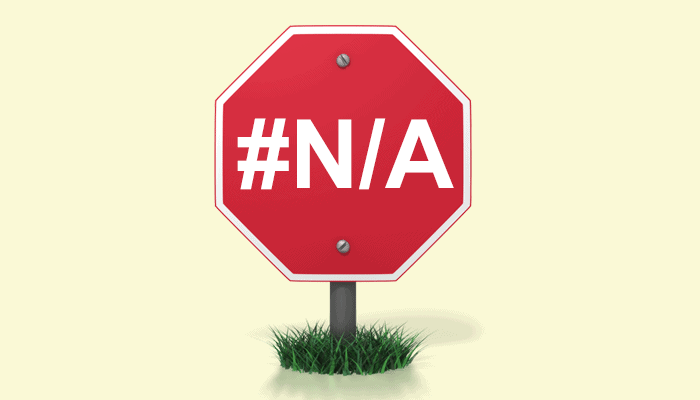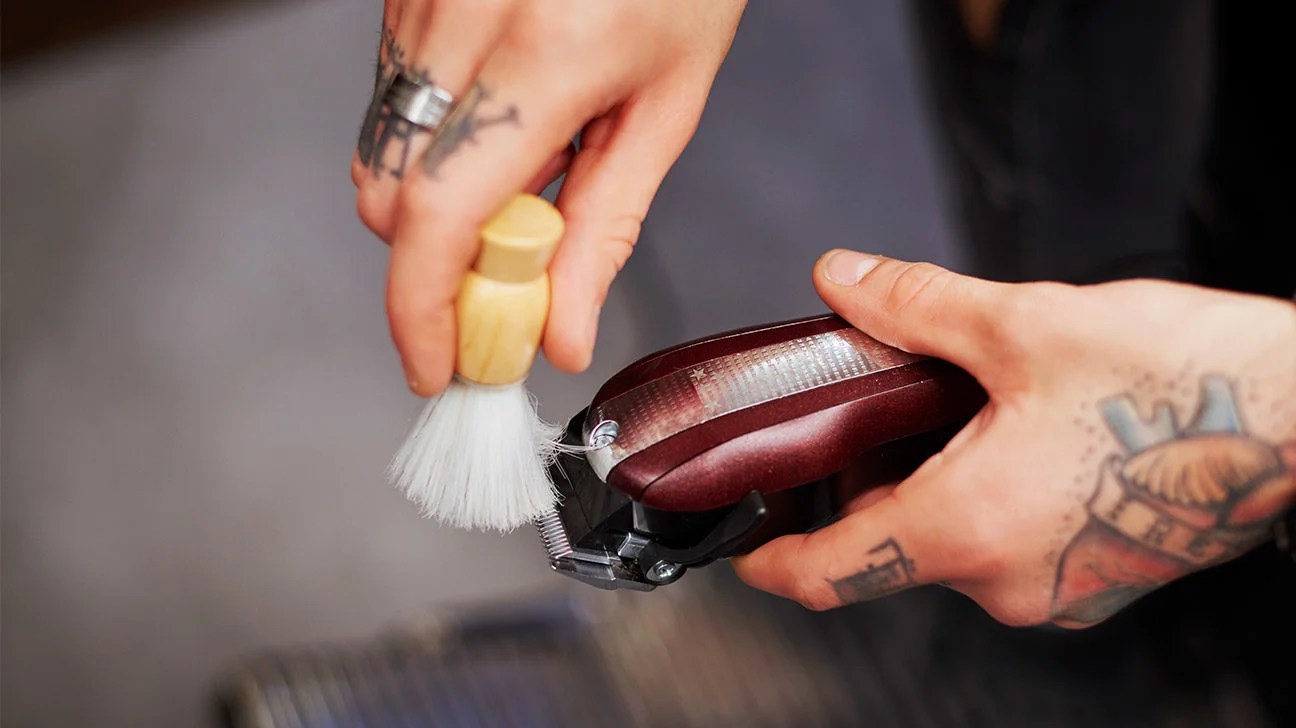
Effective Ways to Prepare for a Mammogram in 2025
As we advance into 2025, the importance of regular mammograms cannot be overstated. These screenings are a crucial component of breast health awareness and effective breast cancer prevention. Mammograms enable early detection, which significantly increases treatment options and improves survival rates. However, preparing for a mammogram can provoke anxiety for many women. Therefore, understanding how to prepare effectively is vital for a smooth experience. This article will provide comprehensive mammogram preparation tips, discussing everything from what to wear to handling mammogram anxiety. By the end, you'll feel ready and informed for your mammogram appointment.
Key takeaways include understanding the mammogram process, dietary restrictions, and how to manage any associated discomfort. Additionally, you will learn about the significance of mammograms in breast cancer detection and the supportive measures you can take before, during, and after your appointment.
Understanding the Mammogram Procedure Overview
Before you prepare for your appointment, it's essential to understand what a mammogram is and how it works. A mammogram is a specific type of breast imaging that uses low-energy X-rays to create images of the inside of your breasts. These images are crucial for detecting breast cancer early, often before symptoms appear. The procedure typically takes 20 to 30 minutes, depending on the number of images needed.
What to Expect During a Mammogram
During the mammogram, you will be positioned in front of the X-ray machine, where your breast will be placed on a flat surface. A radiologic technologist will compress the breast using a paddle, which is necessary to get clear images. This compression may cause some discomfort but is usually brief. The technologist will take X-rays from different angles to ensure a comprehensive evaluation.
Mammogram Types Explained
There are different types of mammograms, including screening and diagnostic mammograms. Screening mammograms are routine checks for women without symptoms, while diagnostic mammograms are performed when there is a need for further investigation due to an abnormal finding. Knowing which type you will receive is important for your peace of mind and preparation.
Mammogram Technology Advancements
Advancements in mammography technology, including digital mammograms and 3D mammograms, have improved sensitivity and accuracy. These advancements also help in better detection rates, especially in women with denser breast tissue. Understanding these developments can alleviate some concerns regarding the reliability of mammogram results.
With a clearer understanding of the mammogram process, you can move on to practical preparation steps that will enhance your comfort and effectiveness of the exam.
Mammogram Preparation Tips for Comfort
Comfort during your mammogram is crucial for a positive experience. Taking some simple steps leading up to your appointment can help alleviate discomfort and anxiety.
What to Wear for a Mammogram
Choosing the right attire can significantly impact your comfort level during the procedure. Opt for a two-piece outfit, such as a top and bottom, so that you can easily undress from the waist up. Avoid wearing deodorants, perfumes, or powders, as these can interfere with the quality of X-ray images.
Dietary Restrictions Before a Mammogram
While there are no strict dietary restrictions for a mammogram, it’s advisable to avoid caffeine and salty foods the day before your appointment. These can lead to increased breast tenderness, which might heighten discomfort during the exam. Staying hydrated is also beneficial without overindulging beforehand.
Mammogram Appointment Checklist
Creating an appointment checklist can help ensure you’re fully prepared. Remember to bring your insurance card, any prior mammogram images, and your doctor’s recommendation if applicable. It’s also helpful to jot down any questions you may have, making sure you feel informed about the process.

Having covered the essentials for physical preparation, let's discuss strategies for managing any mammogram anxiety that may arise.
Mammogram Anxiety Management Techniques
Facing a mammogram can be daunting, especially if you’re experiencing anxiety about the results or the procedure itself. Here are some effective strategies to minimize stress leading up to your appointment.
Emotional Preparation for a Mammogram
Take time to mentally prepare yourself. Consider discussing your concerns with friends, family, or support groups. Hearing positive mammogram experiences can reassure you and provide comfort. Additionally, using relaxed breathing techniques or meditation can help calm your nerves prior to your appointment.
Getting Support for Your Mammogram
Consider bringing a friend or family member to accompany you to your appointment. This support can provide emotional comfort during the mammogram procedure and alleviate some of the anxiety surrounding it. Sharing your thoughts and feelings with a loved one before going can also help reduce stress.
Breast Health Resources for Women
Engaging with resources dedicated to breast health can provide further comfort. Check out local health initiatives or online platforms that discuss breast cancer awareness, mammography, and patient stories. Knowing you are not alone can greatly ease anxiety and empower you for the screening process.
With anxiety management techniques in place, you can confidently approach your mammogram with expectations and knowledge, ensuring you get the most out of the process.
Mammogram Scheduling and Frequency Recommendations
Knowing when and how often to schedule a mammogram is crucial for maintaining breast health. The general recommendation is for women to start annual mammograms at age 40, although some may need to begin earlier based on genetic factors or family history.
When to Have Your First Mammogram
It’s essential to understand the guidelines for your first mammogram based on your age and health factors. If you have a family history of breast cancer or other risk factors, consulting your healthcare provider to set an earlier screening date is vital. They can also help tailor a personalized mammogram plan based on your specific needs.
Mammogram Frequency Recommendations
Mammograms are typically recommended annually, but this can vary based on individual risk factors. Some may only need to schedule every two years, while others with heightened risk may require more frequent screenings. Staying in touch with your healthcare provider will ensure you remain on schedule.
Navigating Insurance for Screenings
Understanding your insurance coverage for mammograms is another significant part of your preparatory work. Most health plans cover routine mammograms, including consultations and follow-ups. However, confirming these details with your insurance provider helps avoid unexpected costs, ensuring that financial concerns don't add to your anxiety.

As you continue to prepare for your mammogram, knowing what to expect during the appointment and post-mammogram care is essential for complete peace of mind.
Mammogram Aftercare and Follow-Up Procedures
After completing your mammogram, specific aftercare protocols can enhance your comfort. Understanding what happens next in the process, including how and when to discuss your results with a healthcare provider, is also crucial.
What to Expect After a Mammogram
Post-mammogram, you may experience some slight tenderness in your breasts. This is normal and typically resolves within a short period. If discomfort persists or is severe, reaching out to your healthcare provider is advised. They can provide you with the necessary guidance and support.
Mammogram Results Timeline Explained
The timeline for receiving your mammogram results can vary. In general, standard results are communicated within a week or two. However, if additional imaging is needed, it may take longer. Ensure you are aware of the expected timeframe so you can monitor your health anxieties adequately.
Discussing Results with Your Doctor
Once your results are available, discussing them with your doctor is essential. Prepare any questions you may have about what the results mean and the next steps. This dialogue can clear up any misconceptions you may have about the findings and ensure you understand your breast health status.
In conclusion, preparing effectively for your mammogram is vital for making the experience as smooth as possible. By understanding the process, managing anxiety, and ensuring you're properly prepared, you can increase your chances of a positive outcome. Remember, mammograms are an essential tool in breast cancer detection and prevention, making them a critical component of women's health.